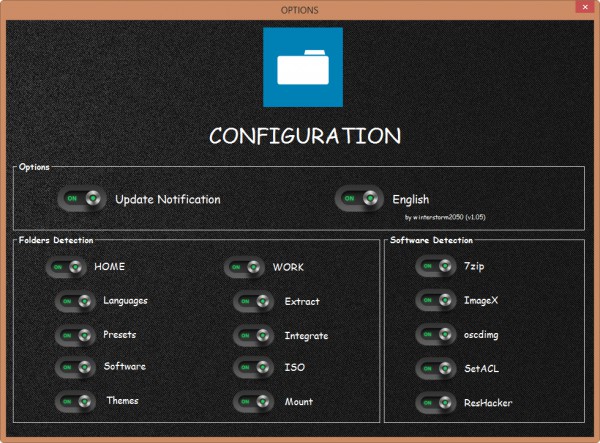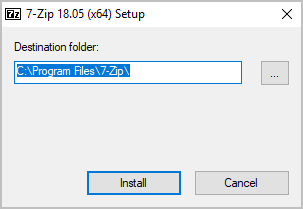
7Z documents, and they may not know just what to do with it – as a matter of fact, they might not even understand it’s a pressed file.

Windows Explorer has actually been managing ZIP data like folders for several years, and most people identify them promptly and deal with them constantly. Speaking of market dominance, that’s another vital difference in between the 7z and ZIP layouts.
See the ' CHANGELOG.7-Zip (2021 Latest) Download for PC Windows 10/8/7/XP (32-bit/64-bit) – As a matter of fact, 7-Zip for Windows is the official reference implementation for the 7z layout, as well as since it is open source, the layout requirements is dispersed right within the resource code. You can download them (there's a link in the table under the "Download" section) and load them in CloudCompare once (via the Color Scale Manager - see the "Export / Import" section). Peter Kovesi provides various perceptually efficient colour ramps. the qFaro I/O plugin is not available in the archive version ( you have to use the installer). you may have to manually install the Microsoft Visual C++ Redistributable Package 2017. try not to decompress files onto a previous version (delete/uninstall it first). 
simply decompress the files in their default directory and launch the program with CloudCompare.exe or ccViewer.exe.we now use 7zip and its 7z format (instead of the more standard zip format) as it is much more efficient.See the list of all CloudCompare plugins:.You'll find the extensive documentation here with all the bulding instructions and examples This plugin can be used to run Python scripts via the You can use in C++ plugins) as well as embedding a python interpreter to run scripts. This plugin allows to write Python scripts in CloudCompare, by providing python bindings to the set of CloudCompare’s libraries (that test 16: compute the octree and extract poins inside neighborhoods (spherical, cylindrical or cubical)ĬloudCompare Python Plugin by Thomas Montaigu.test 15: triangulate a point cloud and sample points on it.test 14: export normals to SFs, export some statistics from the resulting SFs.test 12: apply a rigid transformation to a cloud, fit a plane.test 11: Delaunay 2.5D triangulation + smooth (see test 14 as well).
 test 09: create primitives, apply a transformation, and compute the distances between a cloud and these primitives.
test 09: create primitives, apply a transformation, and compute the distances between a cloud and these primitives. 
test 08: create primitives (box, cone, sphere, cylinder, etc.) or a quadric. test 07: load a cloud and a polyine, crope the cloud with the polyline, smooth the polyline, compute its length, etc. test 06: manually apply a translation to a cloud, or use the Global Shift mechanism at loading time. test 03: compute cloud curvature, filter points by SF value. test 02: export coordinates to SF, computes its average and standard deviation, and min and max values. test 01: load and save a cloud, get the scalar field names, compute the gravity center.








 0 kommentar(er)
0 kommentar(er)
